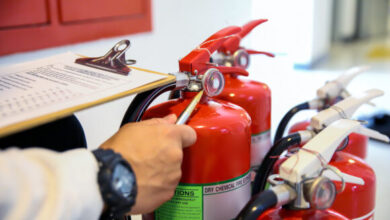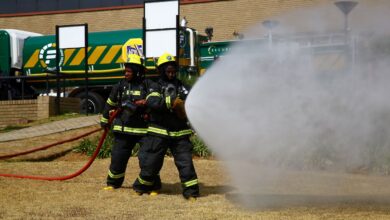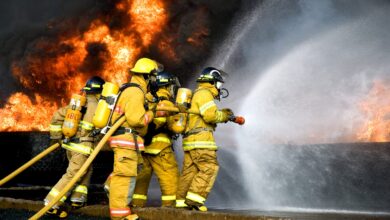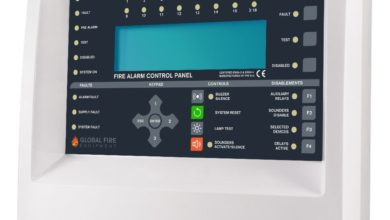Fire safety guide: How to prevent fires and prepare for emergencies
These fire safety tips can help protect your home and family.
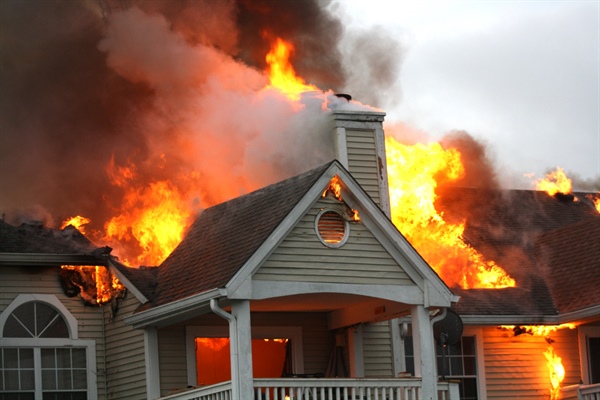
Waking up to smoke and flames is one of the worst things that can happen to your family and home. In 2019, Americans suffered more than a million fires that caused roughly $15 billion in losses and 3,704 deaths.
But most house fires are preventable — anyone can create a fire escape plan and make sure your smoke detectors are working properly. Here are the top fire safety tips to learn and practice in your home.
How to prevent house fires
US fire departments respond to a house fire every 24 seconds. That’s more than 3,000 fires each day. House fires can occur for a variety of reasons, but many are preventable. Unattended cooking is the leading cause of house fires, accounting for half of house fires in 2015, followed by heating equipment, electrical malfunction, intentional fires and smoking materials.
You can take necessary steps today to reduce your risk of house fires. Here’s how:
- Install and maintain smoke alarms on every floor of your home and within every bedroom. Roughly half of house fire deaths occur during the night, while people are sleeping.
- Never leave food cooking unattended, especially deep fryers and other frying equipment.
- Avoid using portable and fixed space heaters, as heating equipment is the second leading cause of house fire deaths.
- Create a fire plan that gets you out of your home in less than 2 minutes and practice it.
- Avoid smoking in the house.
Electrical safety and house fire prevention
Electrical malfunctions are one of the leading causes of house fires. The best way to prevent them is to hire a qualified electrician to make any changes in your home’s wiring. In addition, be sure to check electrical cords regularly, and make sure cords do not run across doorways or under carpets where they could be damaged. Remember to limit the number of plugs you have in an electrical outlet or power strip. Overloading an electrical outlet can not only trip a breaker, but it could also start a fire. Additionally, only use light bulbs that match the recommended wattage for each lamp. Your lamps and light fixtures should have a sticker that indicates the maximum wattage light bulb you may use.
Testing your smoke detector could save your life
Every smoke alarm should be tested monthly by pushing the “test” button, and batteries should be changed when needed. It is best to always have at least one spare battery. If your smoke alarm ever “chirps,” it is time to replace the battery immediately. Most smoke alarm failures occur because of a missing, disconnected or dead battery.
The National Fire Protection Association estimates that three out of every five house fire deaths resulted from fires where there were non-working smoke detectors or no smoke detectors at all. Having the proper fire safety equipment in your home can truly save your life. There are many brands and types of smoke alarms you can choose from. You can purchase a smoke detector with a full home security system and have it monitored through a provider’s monitoring center. When choosing the best smoke alarm, look for one that meets the Underwriters Laboratories Standard with the UL label on the packaging.
Where to install smoke detectors
The NFPA recommends installing a smoke alarm on every floor, including the basement, and inside every sleeping room. Because smoke rises during a fire, smoke alarms should be mounted high on a wall not more than a foot from the ceiling or on the ceiling.
- Kitchen: It is critical to mount smoke alarms in the kitchen at least 10 feet from any cooking appliance to minimize false alarms when cooking.
- Basement: Smoke alarms in the basement should be installed on the ceiling near the bottom step of the stairs up to the first floor.
How to use a fire extinguisher
Fire extinguishers are helpful for putting out small fires. You can contact your local fire department for fire extinguisher training. Or, follow these simple recommendations from the US Fire Administration. To operate a fire extinguisher, remember the word “PASS:”
- Pull the pin. Hold the fire extinguisher with the nozzle pointing away from you and remove the pin to unlock it.
- Aim low. Point the nozzle at the base of the fire.
- Squeeze the lever slowly and evenly.
- Sweep the nozzle from side to side.
Fire extinguishers should be checked regularly and tested by a professional every few years.
Different types of fire extinguishers
It’s also useful to know that there are five different types of fire extinguishers for putting out different kinds of fires.
- Class A extinguishers: For use on materials like cloth, wood and paper.
- Class B extinguishers: For use on combustible and flammable liquids like oil, gasoline and grease.
- Class C extinguishers: Best for electrical equipment and appliances like stoves, televisions and computers.
- Class D extinguishers: For use with flammable metals.
- Class K extinguishers: Best for cooking oils commonly found in commercial kitchens, including vegetable oil.
Most dwellings have a multipurpose extinguisher that covers Classes A, B and C. You can purchase these types of fire extinguishers at any home improvement store.
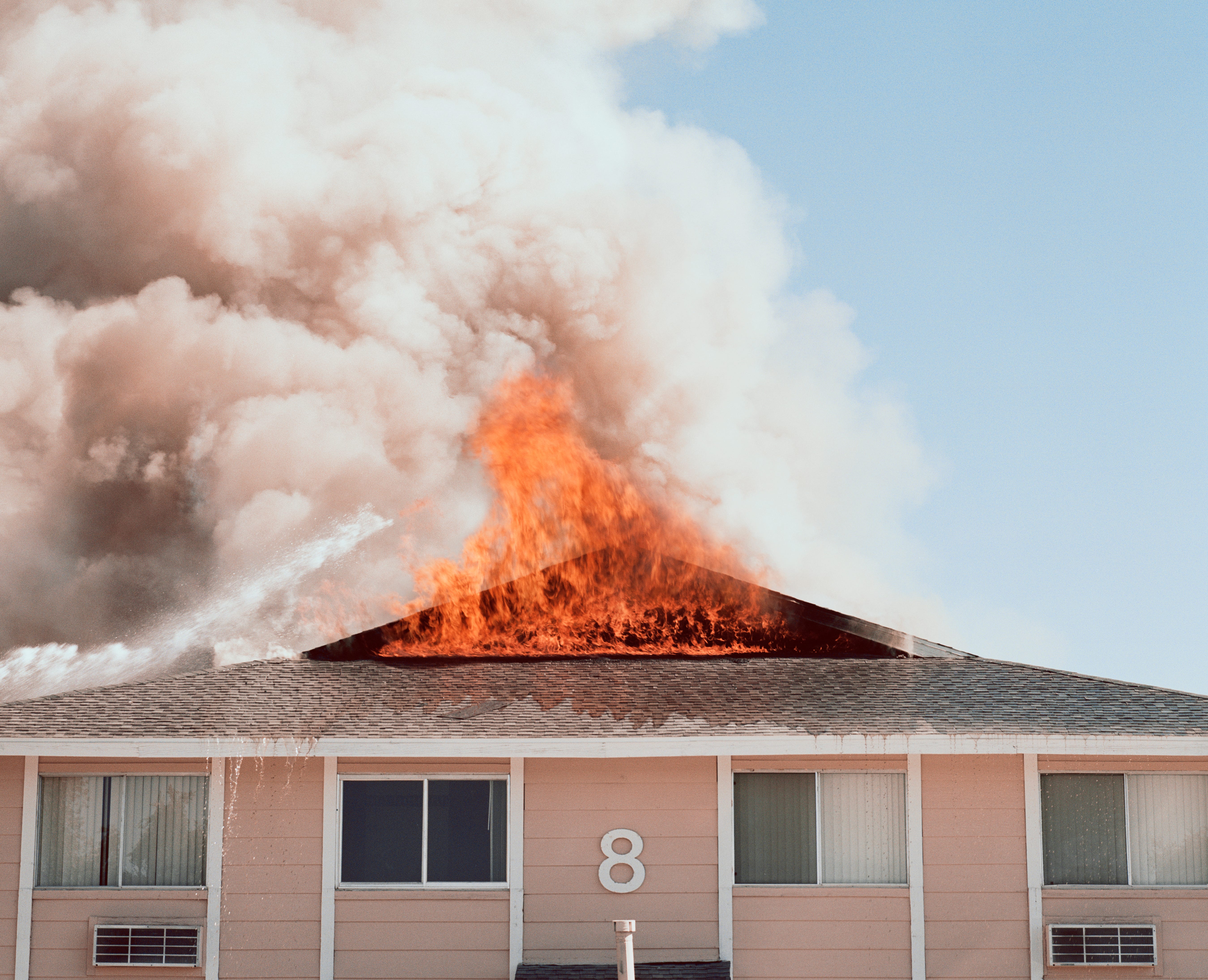
Getty
Create an fire escape plan with your family
House fires can rapidly spread, and every second counts. Your fire escape plan should allow you and your family to get out of the house in under two minutes once the alarm sounds.
Here some tips for creating your fire escape plan:
- Draw a floor plan of your entire house that shows all the doors and windows.
- Show and discuss the plan with everyone in the house.
- Identify at least two ways out of every room, if possible. This could be through doors or windows.
- Once outside, everyone should meet at an agreed-upon meeting place a safe distance from the house. It could be the mailbox or the neighbor’s fence. Just make sure it is easy for young children to get there.
Everyone in your family should know how to dial 911 in the case of an emergency. In addition, teach your children what a smoke alarm sounds like and what to do if they hear one.
You can also download a kid-friendly fire escape planning worksheet and complete it with your family.
Basic fire safety tips for kids and families
Help your family stay safe in the event of a fire. Do not let children play with matches, lighters or candles. Keep these items up and away from young children. In addition, teach your kids these basic fire safety tips to help ensure they know what to do during a fire emergency.
- Teach children that if a doorknob is hot, you should NOT open the door.
- Teach children how to “Stop, drop and roll.”
- Teach your kids to crawl on their hands and knees if they see smoke.
- Take your child to the fire department to meet a firefighter. This way, they learn what a firefighter looks like in their fire gear.
- Teach your child to never hide under the bed or in the closet.
There’s no guarantee that a fire will never happen in your home. That’s why it’s important to be prepared and take steps to reduce the risk of a house fire. Follow the three P’s: prevent, plan and practice. Make sure your home has working smoke alarms, your family has a fire escape plan, and you have practiced it.



